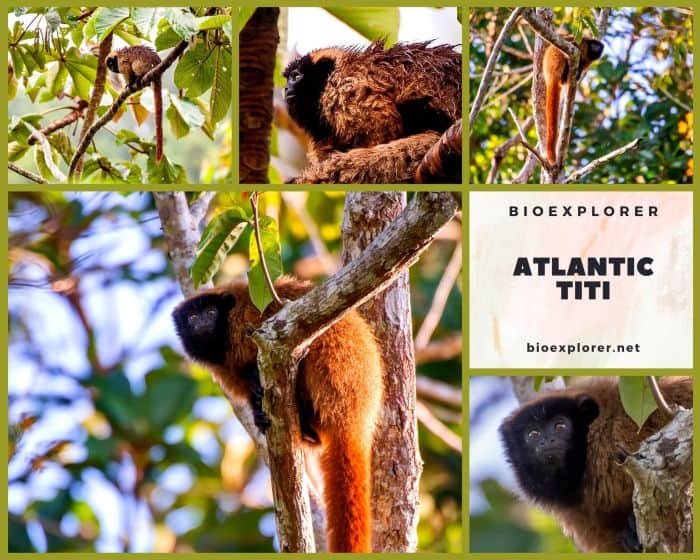
| Animalia | Primates | Pitheciidae | Callicebus | Callicebus personatus |
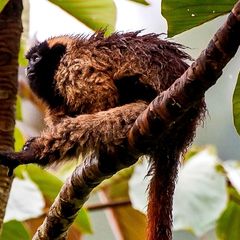

- Common Name: Atlantic Titi
- Taxonomy Classification Year: 1812
- Monkey Size: 35 to 42 cm (14 to 16.5 inches)
- Skin Color(s): Orange
- Habitat: Forest
- Diet: Herbivorous (frugivorous)
- Native Countries: Brazil
Atlantic Titi Distribution
Atlantic Titi Characteristics
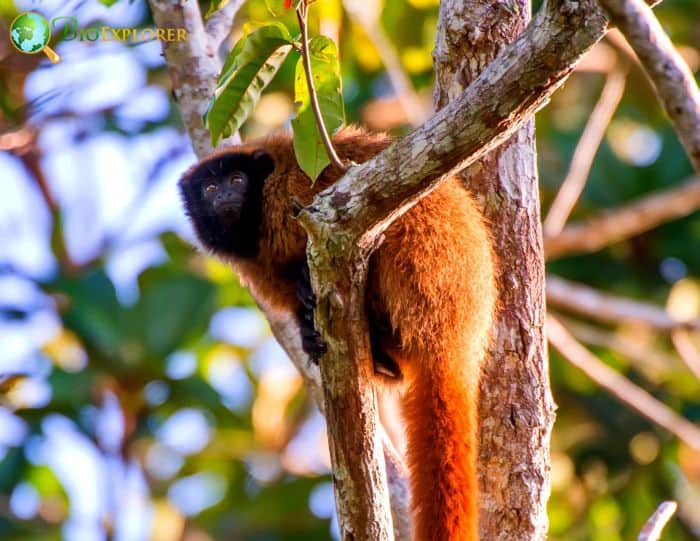
The Atlantic titi[1], also known as the masked titi, inhabits the rainforests of the Atlantic coast of Brazil east of the Andes in the states of Bahia, Espírito Santo, northwest of Minas Gerais, north of Rio de Janeiro, and São Paulo.
- The Atlantic titi monkeys have a striking beauty. A black forehead and sideburns reveal a dark, hairy mask indicative of the species name.
- The orange-brown eyes seem to pop out of this darkness and stare out at the world through central openings – the monkey’s pupils.
- The monkey’s body is covered with a thick layer of orange with a mixture of yellow, gray, or beige tones.
- The non-prehensile hairy tail is colored black. The feet and hands are black.
What Do Atlantic Titis Eat?
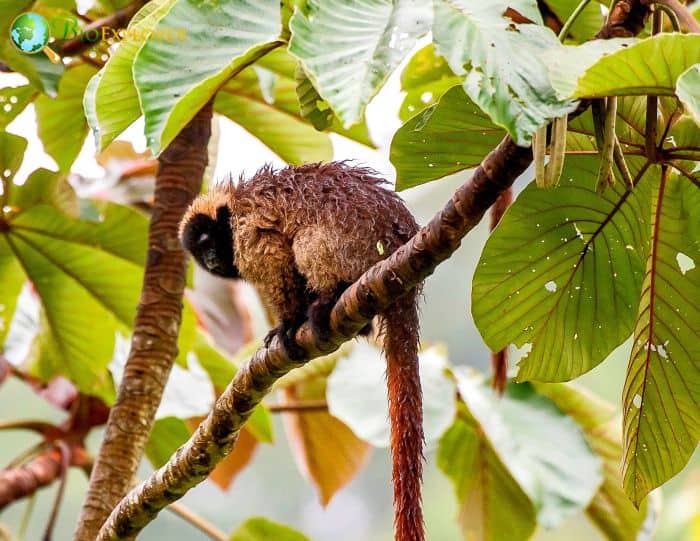
The Atlantic Titi nourishes on Hexapoda (Insecta)[¶].
What Eats Atlantic Titis?
Cats (Felidae), Chouettes (Strigiformes), Neotropical Tree Boas (Corallus), Falconiforms (Falconiformes) and Ocelots (Leopardus pardalis) predate Atlantic Titi monkeys[§].
Atlantic Titi Facts
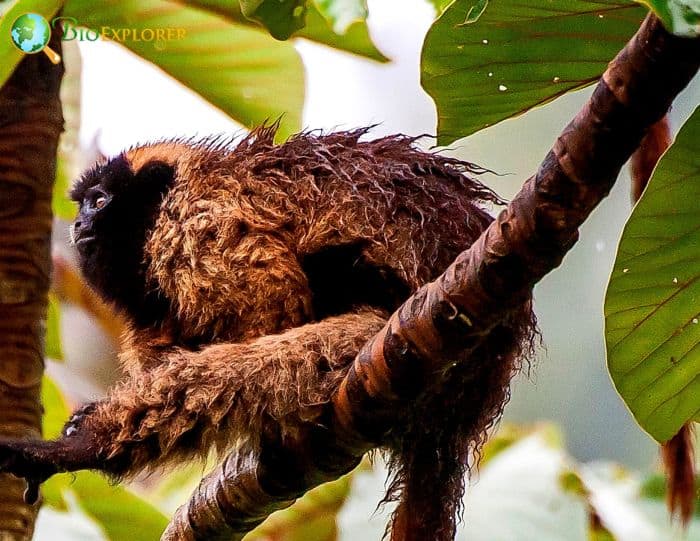
- This species, found nowhere else in the world, inhabit the tropical forests of Brazil’s Atlantic coast east of the Andes.
- Although they primarily eat fruit, Atlantic titi monkeys are considered opportunistic foragers. In other words, they eat what is abundant and readily available, adapting their diet to the environment and season.
- They are arboreal monkeys (which make them “tree-dwellers“) that live in groups of 2 to 7 individuals, typically comprising a monogamous breeding pair and the pair’s offspring.
- Like all titis, these species make “morning calls” every dawn. As a rule, a pair of men and women “sings” these notes as a duet.
- Atlantic titi monkeys are represented by 5 subspecies, each identified by discrete color patterns. This color differentiation occurs when specific populations are genetically isolated from each other due to an ecological barrier, such as a river.
Suggested Reading: Monkey All Species
Cite This Page
APA7MLA8Chicago
BioExplorer.net. (2025, December 21). Atlantic Titi. Bio Explorer. https://www.bioexplorer.net/animals/mammals/monkeys/atlantic-titi/.
BioExplorer.net. "Atlantic Titi" Bio Explorer, 21 December 2025, https://www.bioexplorer.net/animals/mammals/monkeys/atlantic-titi/.
BioExplorer.net. "Atlantic Titi" Bio Explorer, December 21 2025. https://www.bioexplorer.net/animals/mammals/monkeys/atlantic-titi/.











